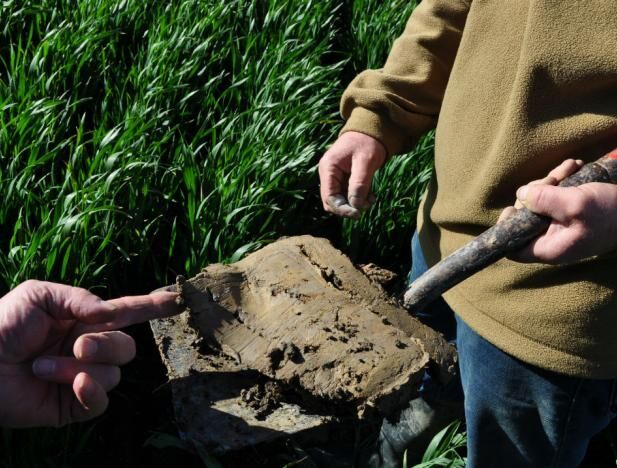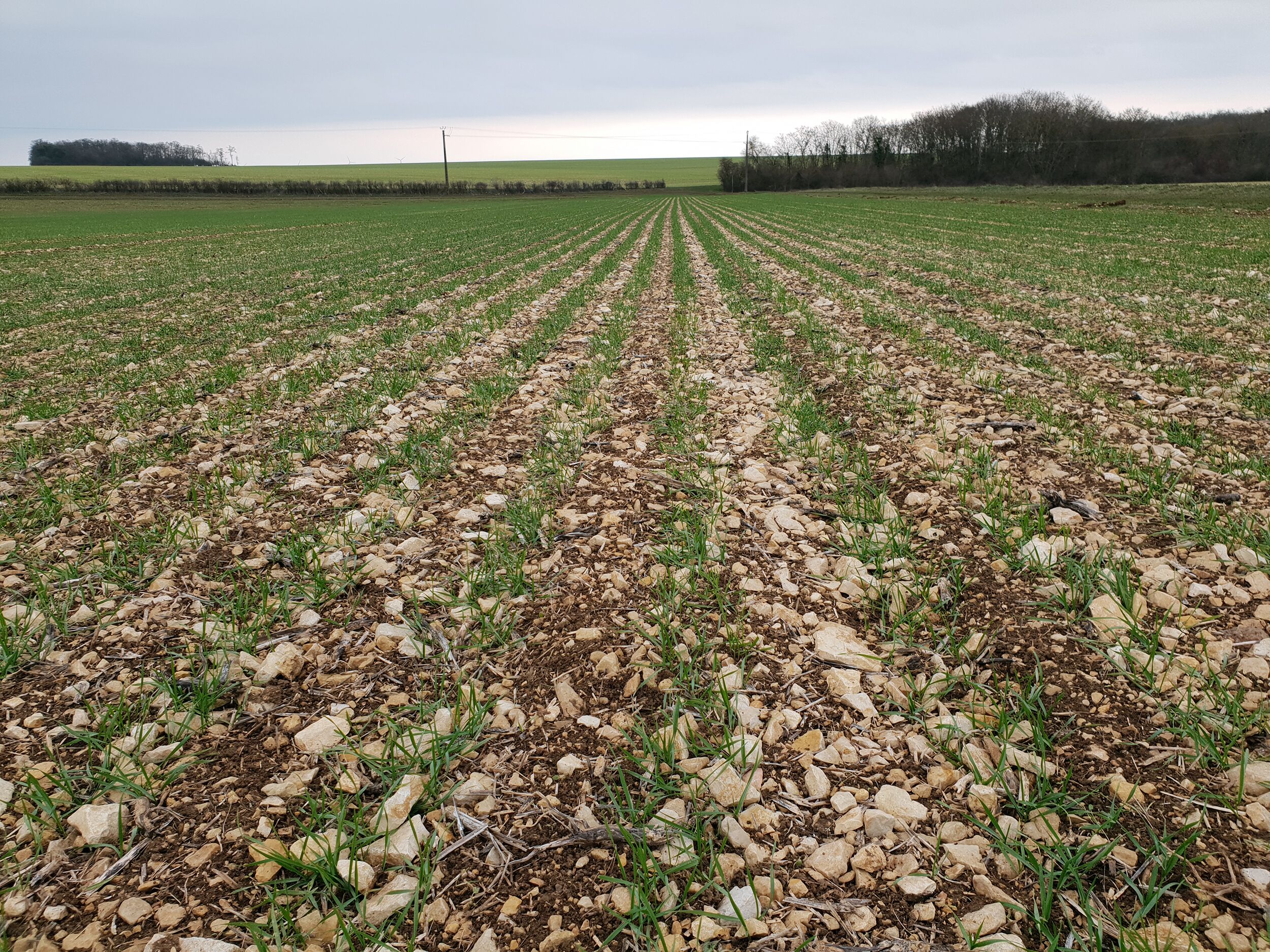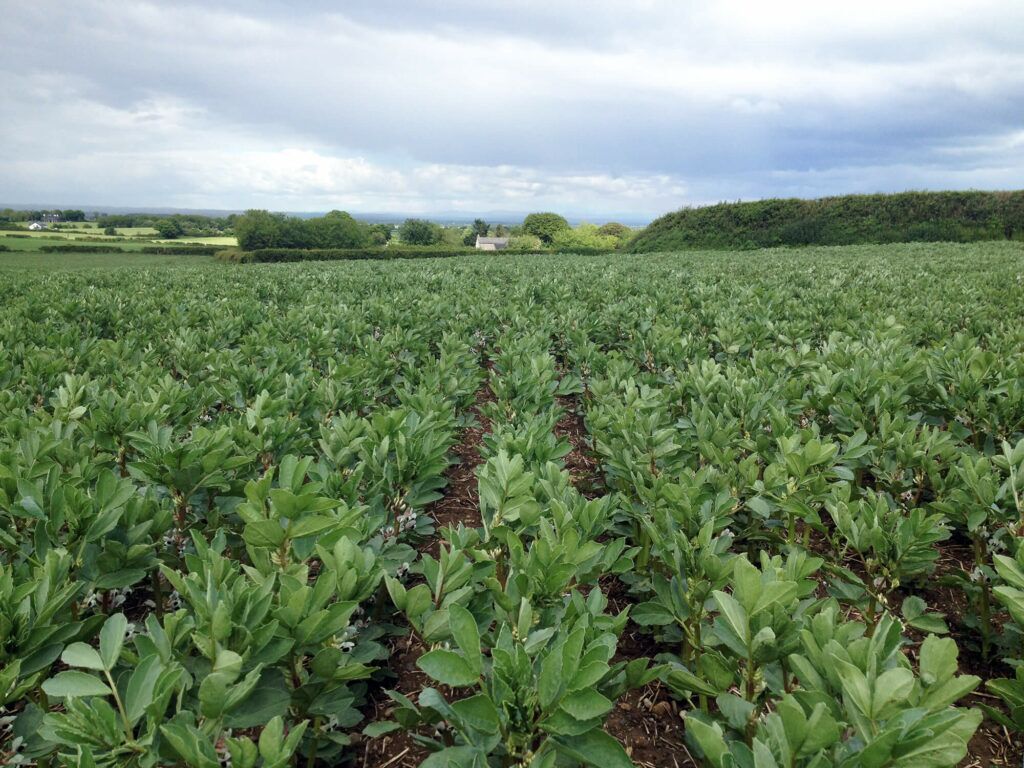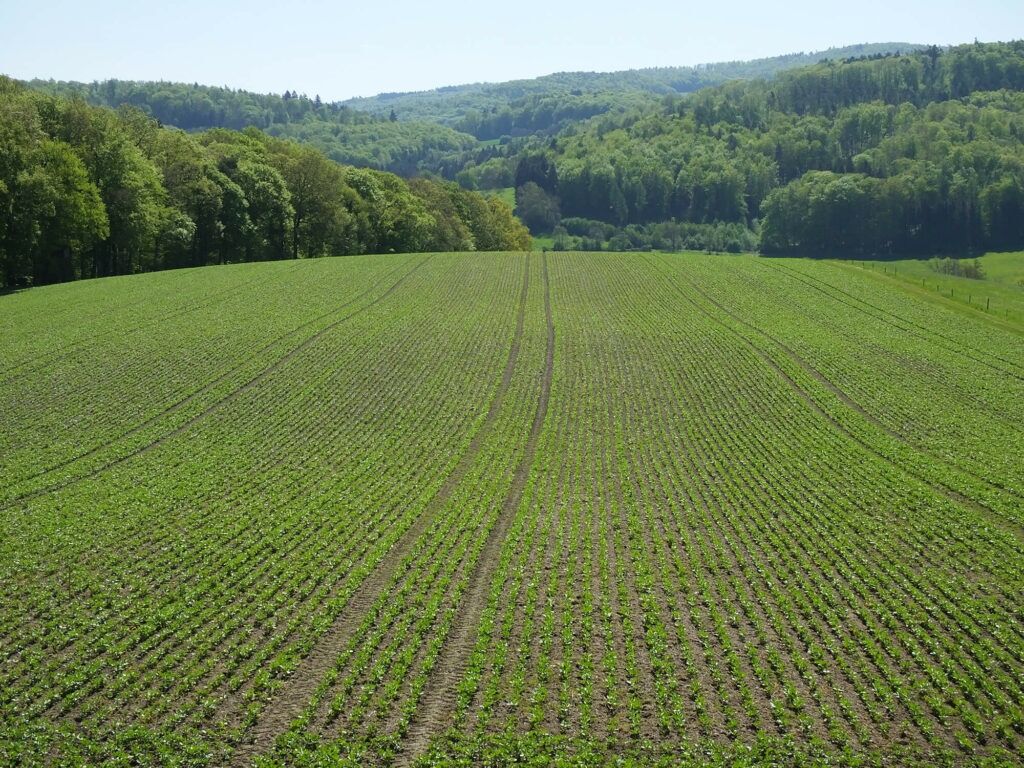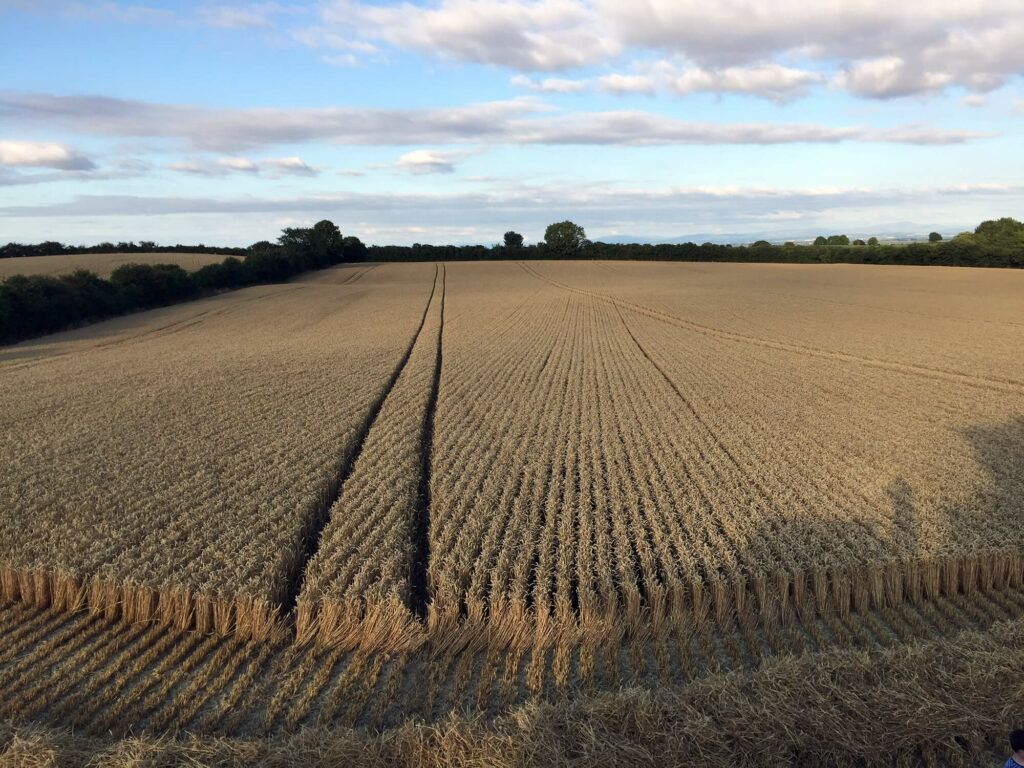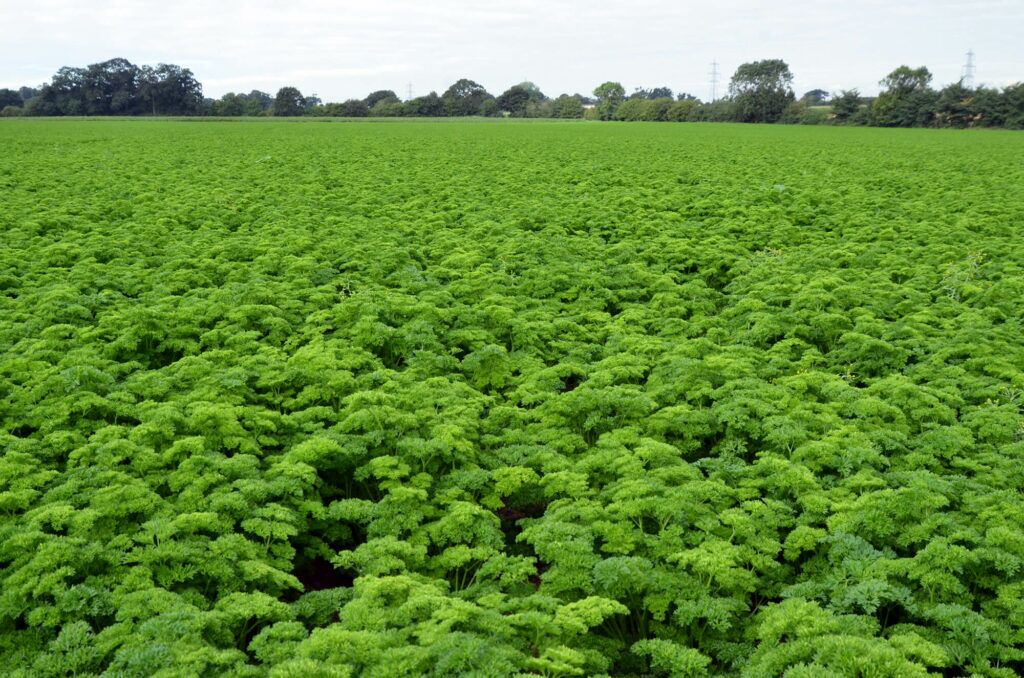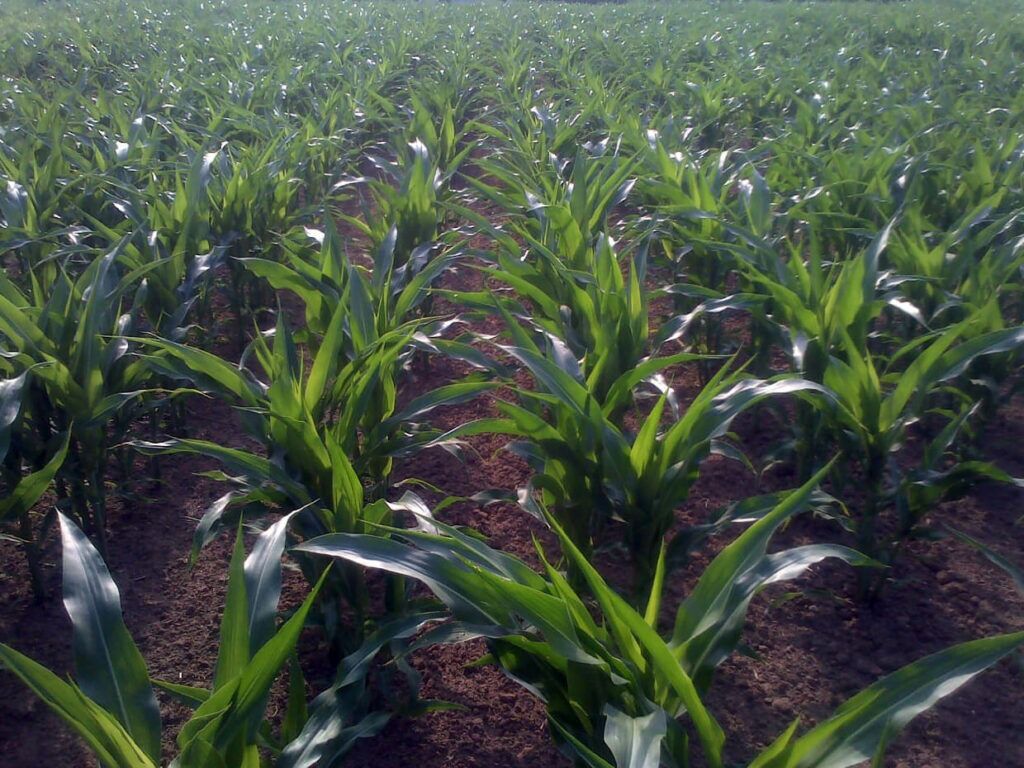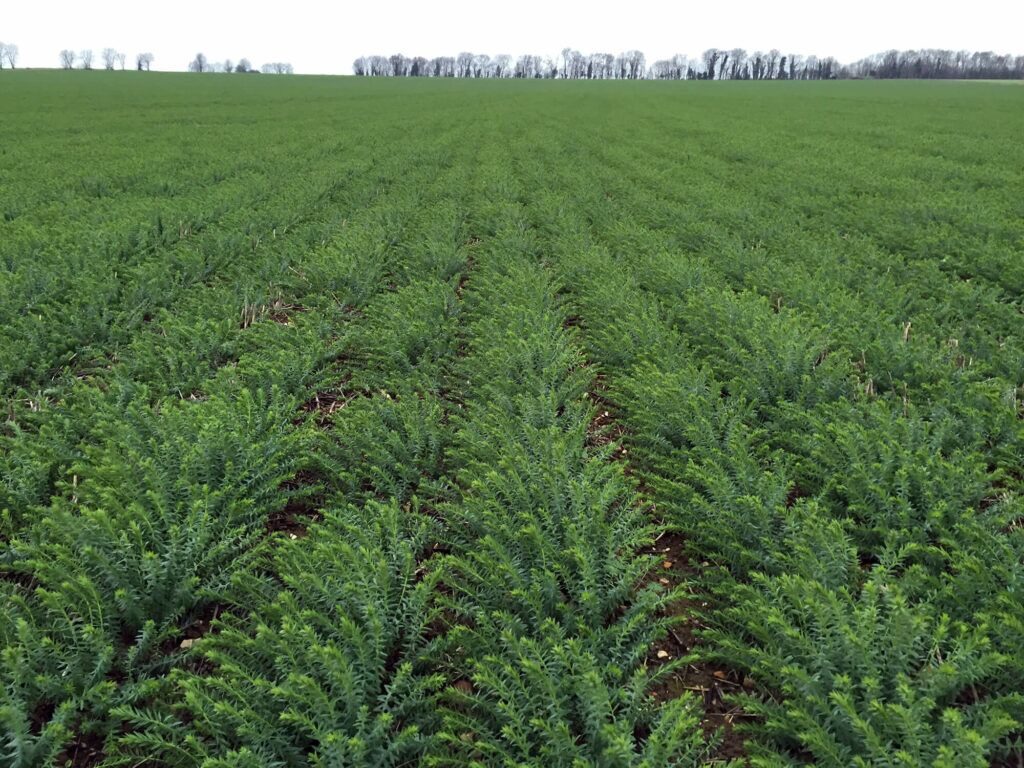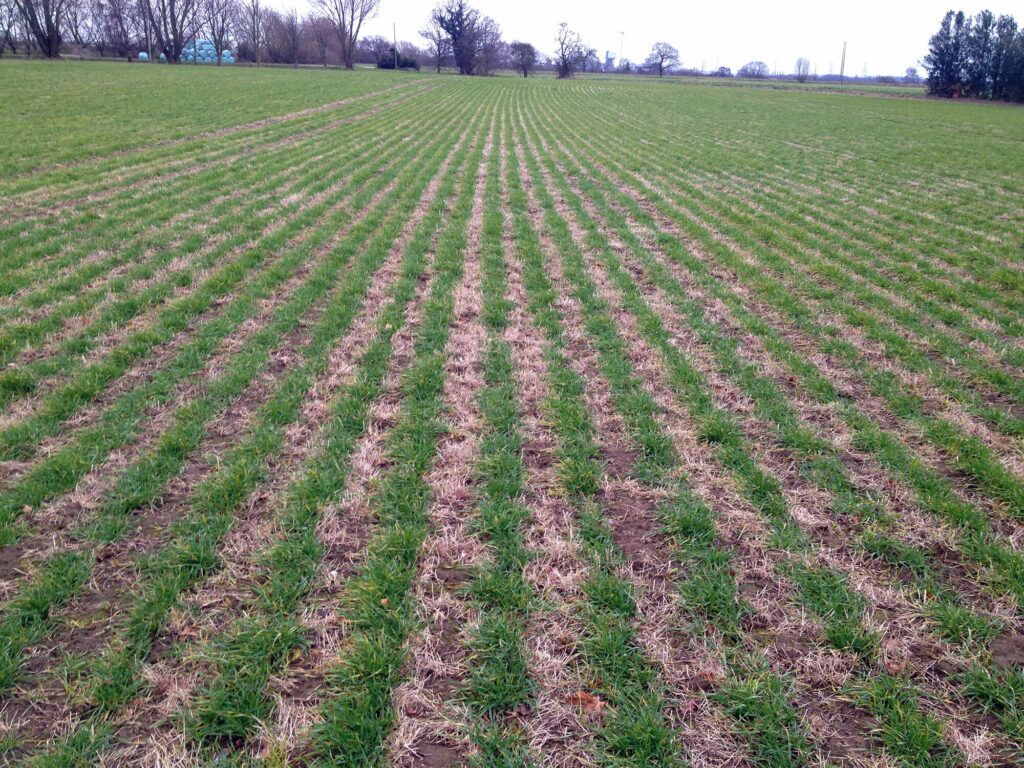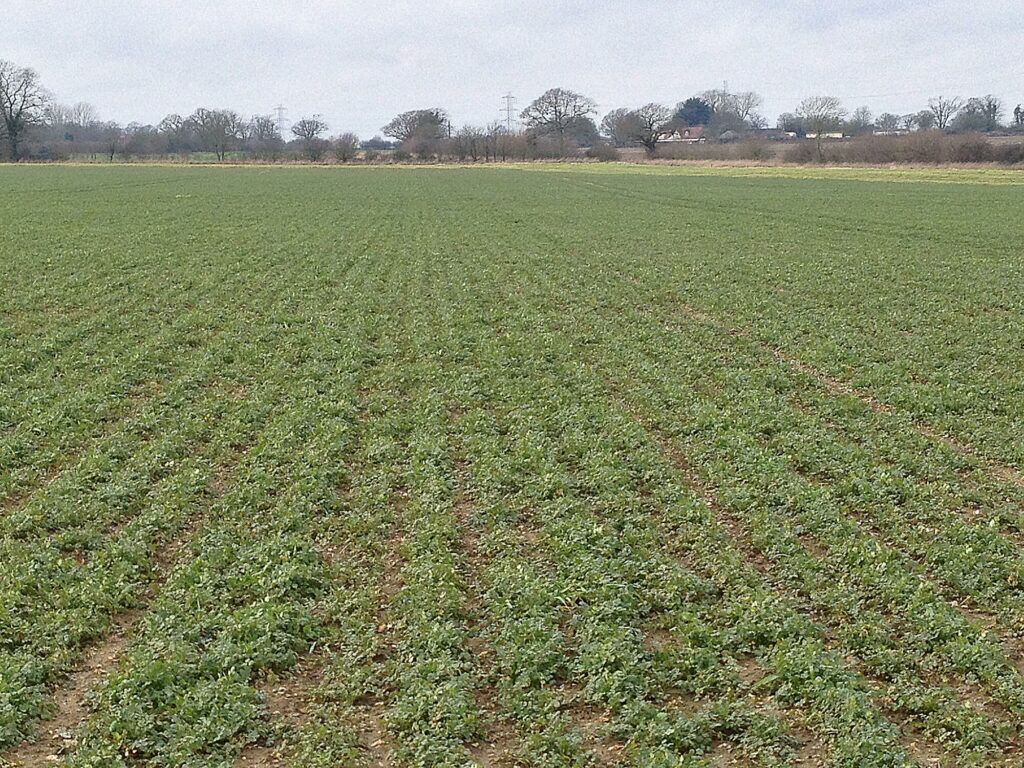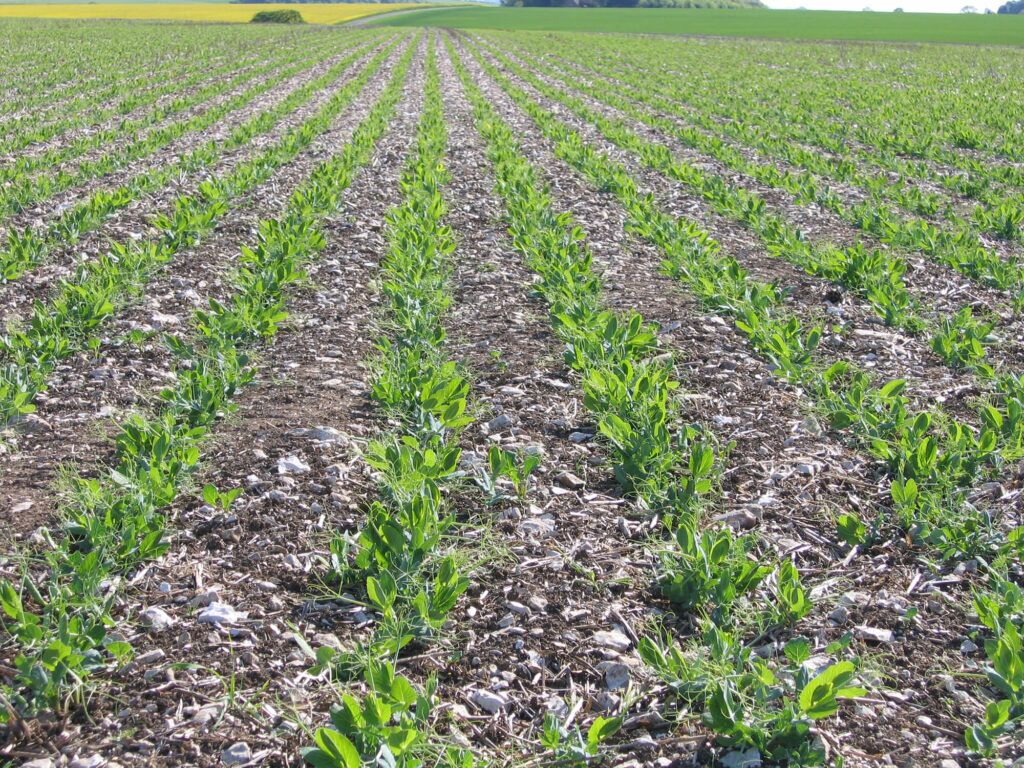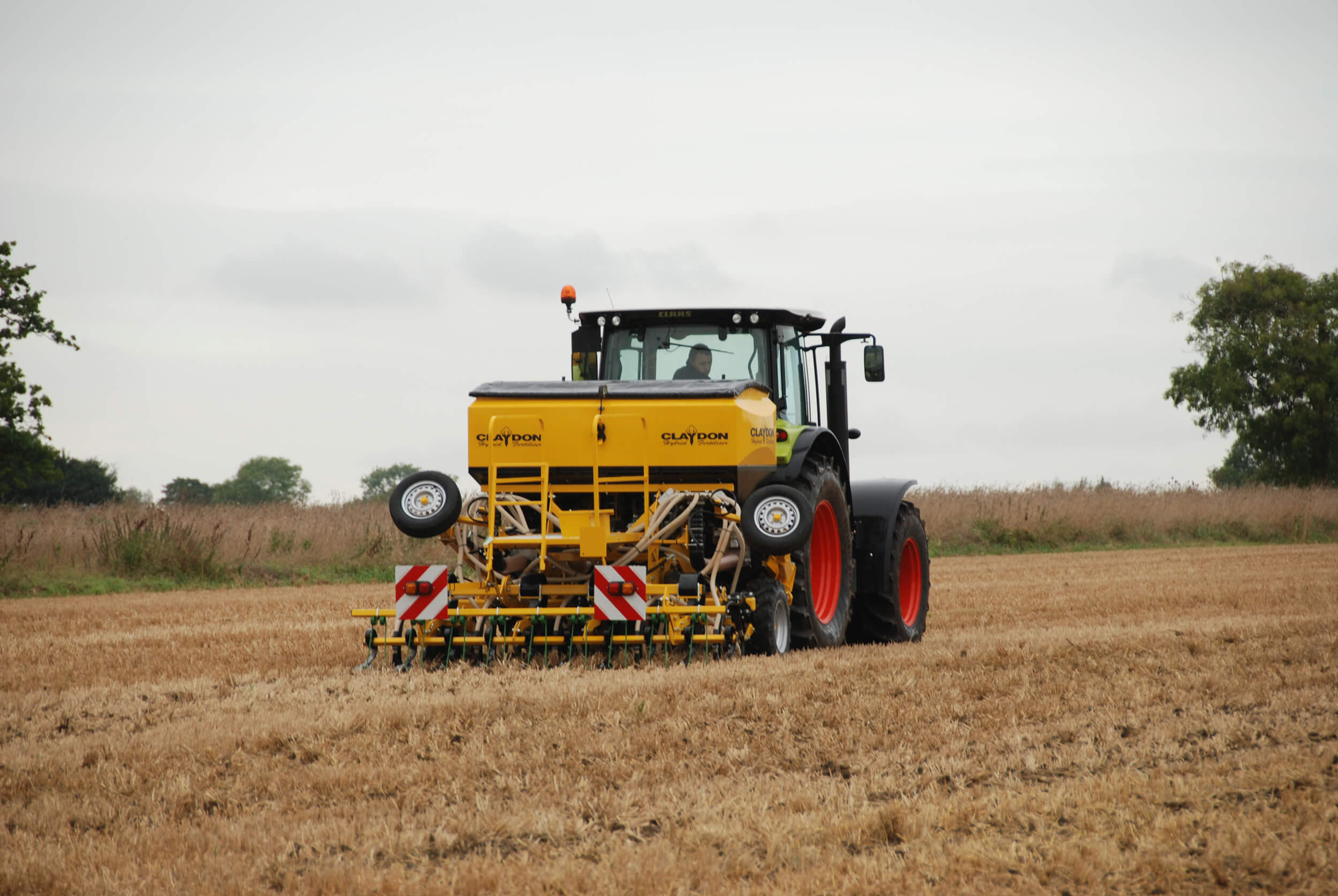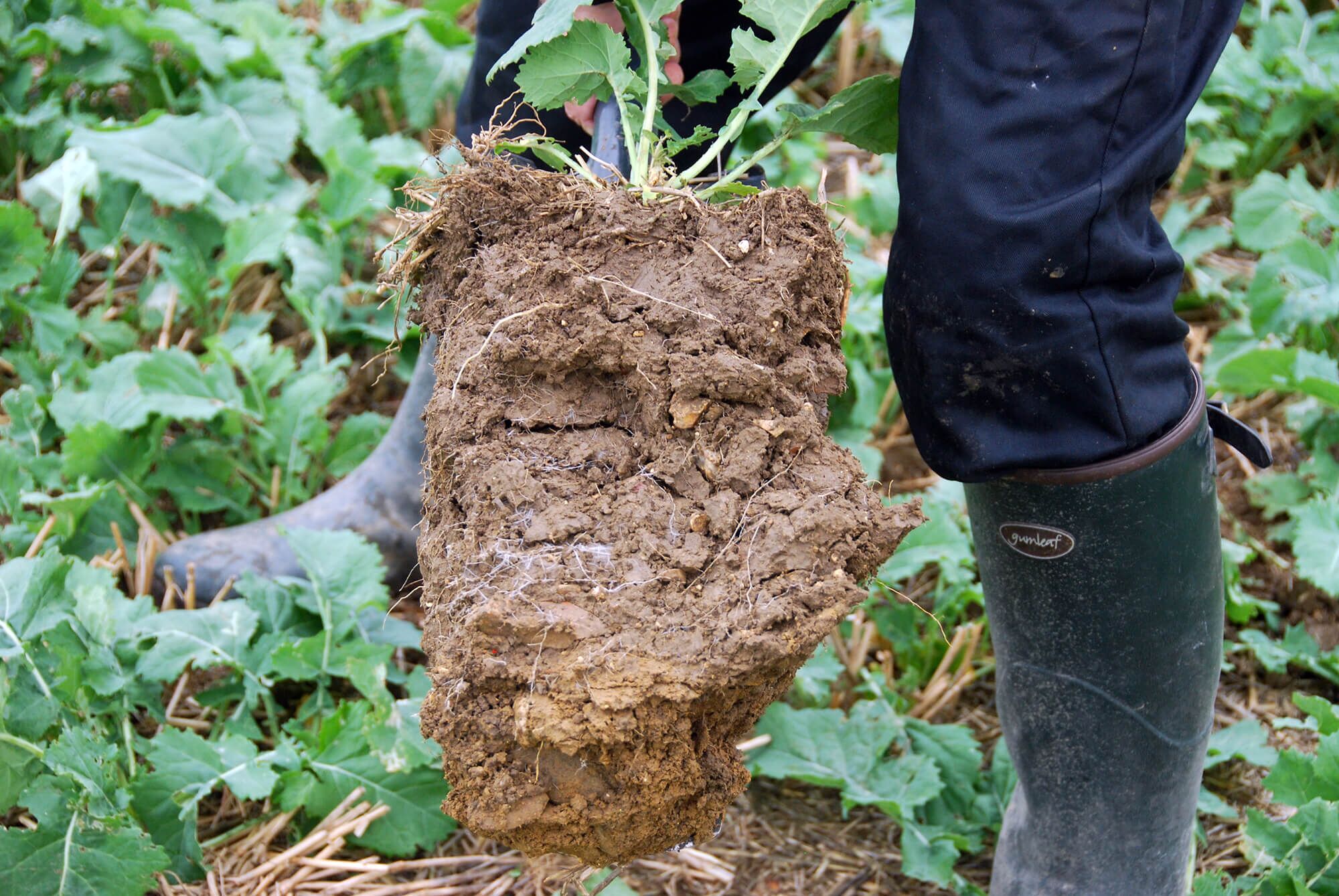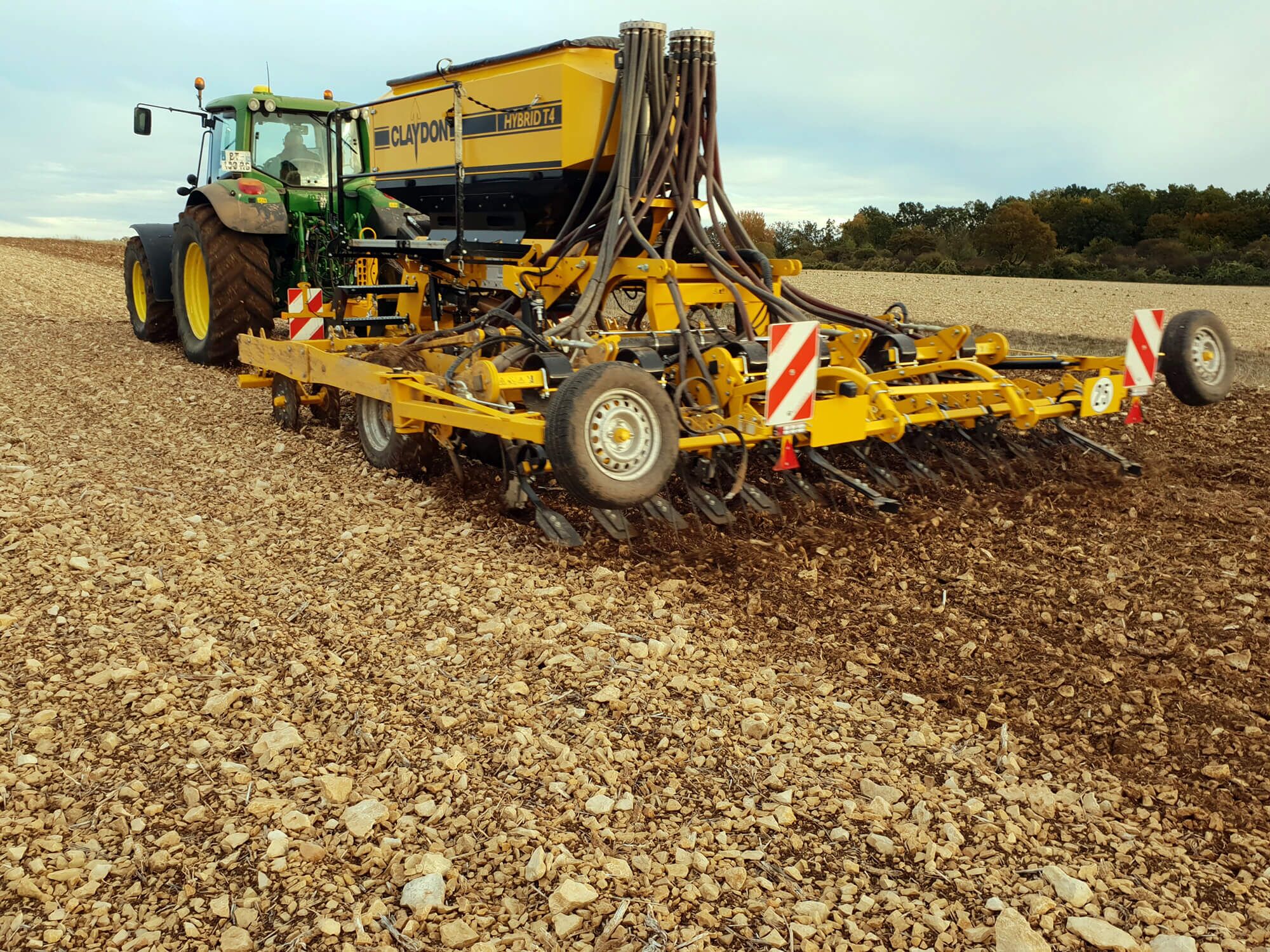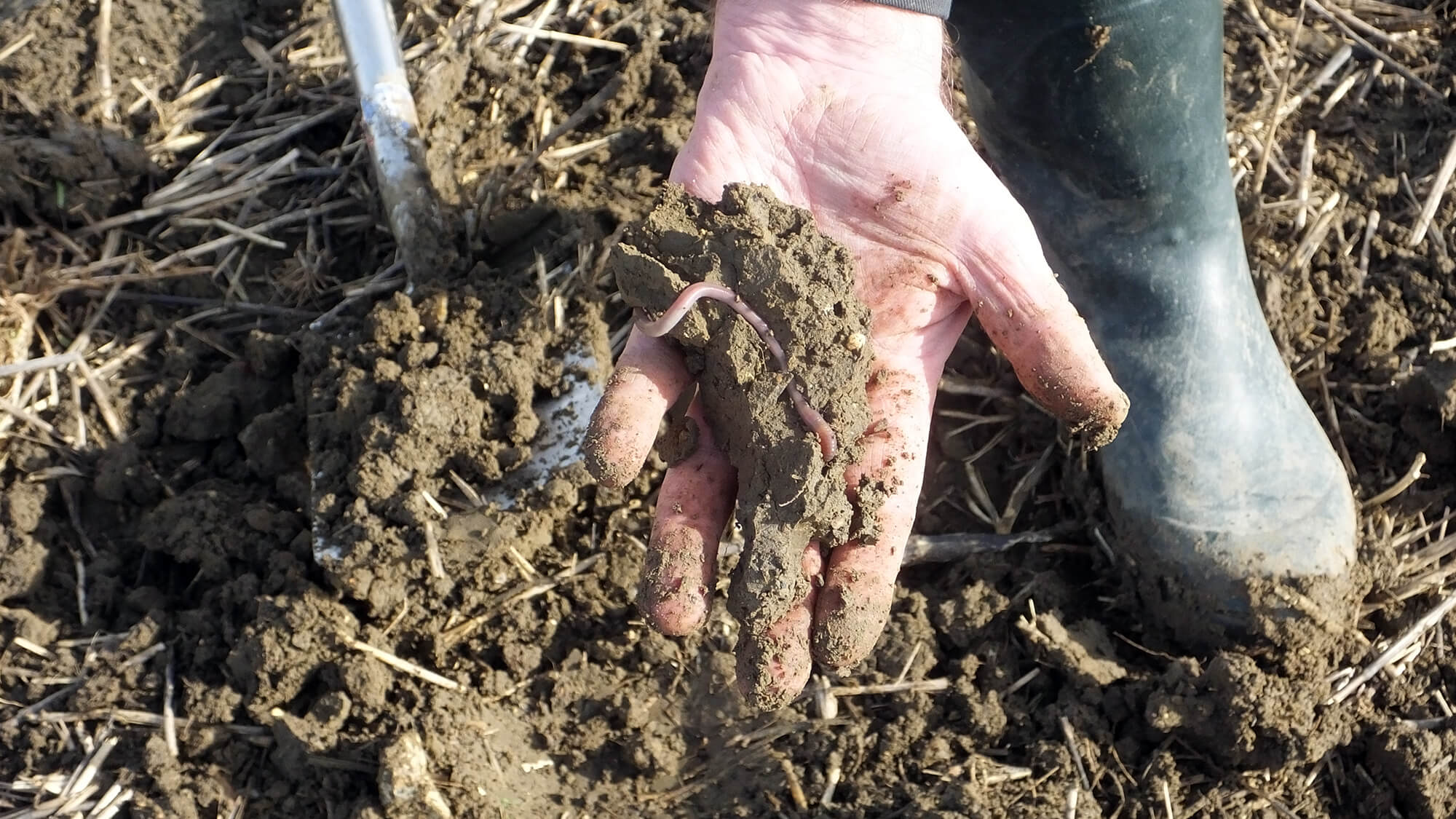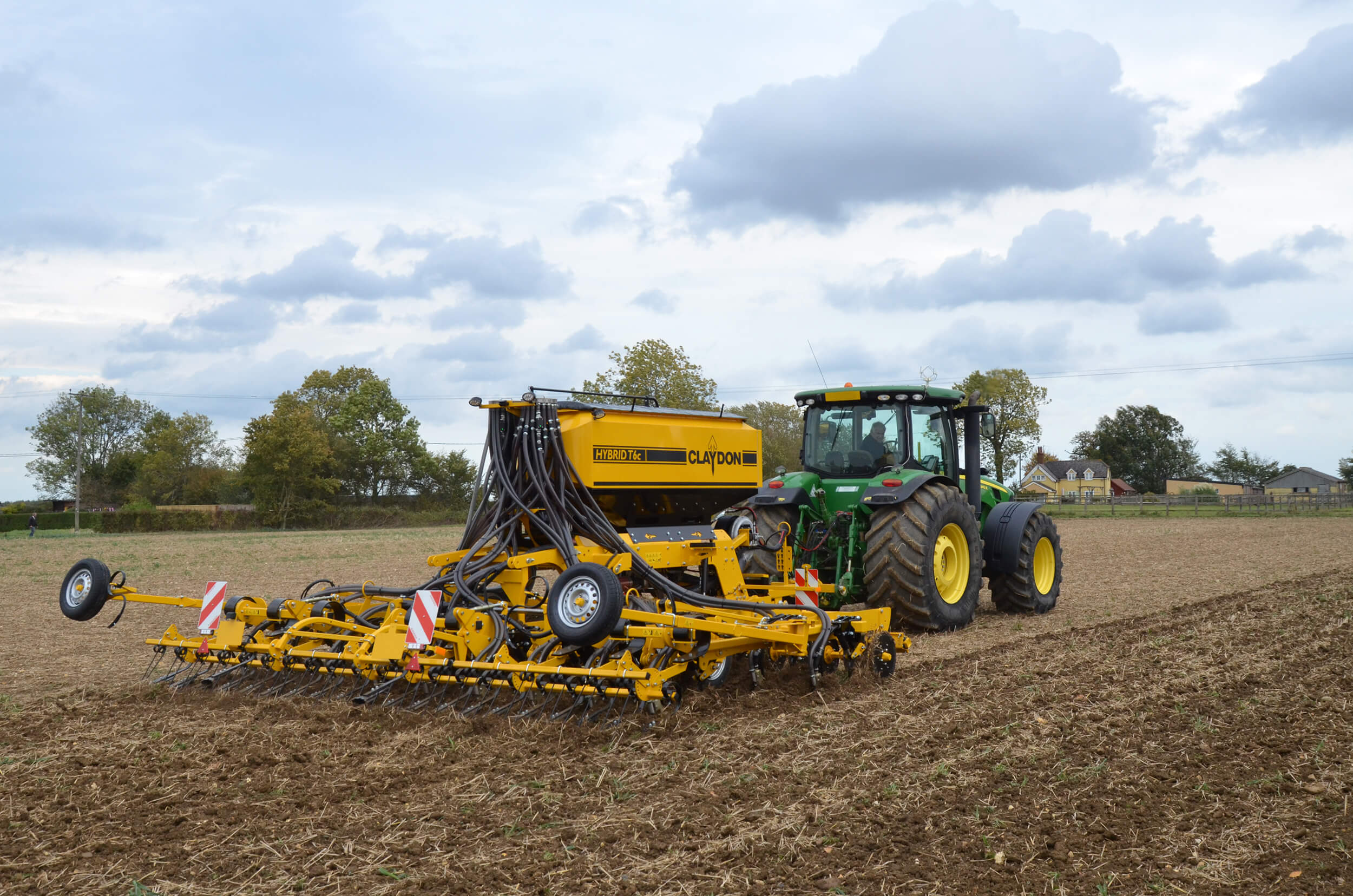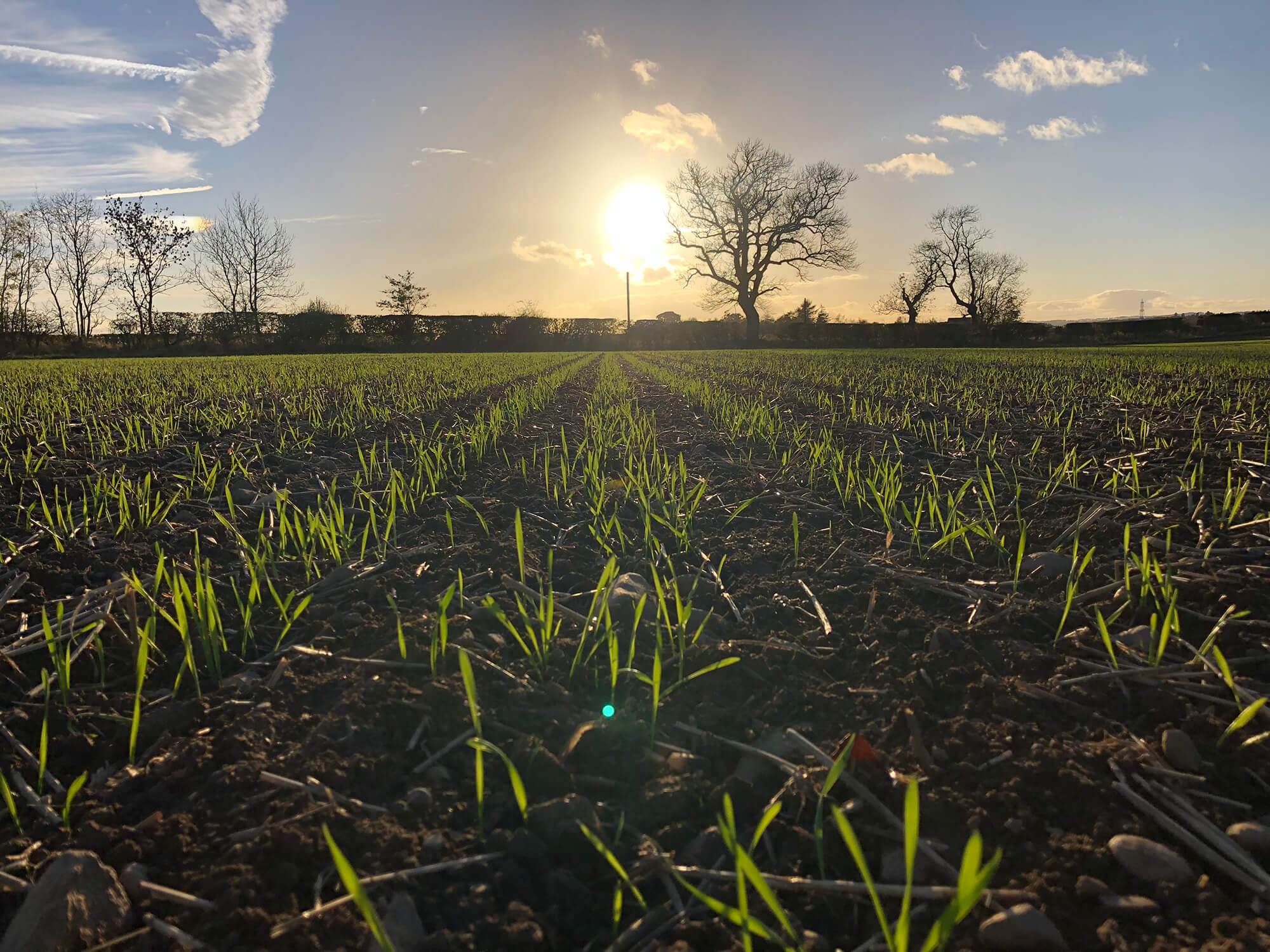The Claydon Opti-Till® System, is a holistic approach to crop establishment which delivers consistent, high yielding crops at low cost, providing maximum profitability. At the centre of Opti-Till® is the Claydon direct drill, with its unique leading tine technology.
HOW DOES THE CLAYDON LEADING TINE CONCEPT WORK?
The Claydon leading tine moves the optimum amount of soil, but only where it’s needed – in the seeding and rooting zone. It creates tilth and drainage, aerating the soil and alleviating compaction. The perfect growing environment is created for fast germination. The soil between the seeded bands is left undisturbed and moisture is conserved for the plants to tap into. The undisturbed banks of soil support the weight of farm traffic, minimising the damage caused by wheelings and compaction.

The front tine has been designed to drill direct into stubble, but can also be used in plough and min-till scenarios. It works on heavy clay and light sandy soils, baked out ground and wetter soils. It is this front tine that helps make the Claydon Opti-Till drill so versatile. And as extreme weather events demonstrate, when conditions make it difficult for other drills, crops can be established with a Claydon drill.
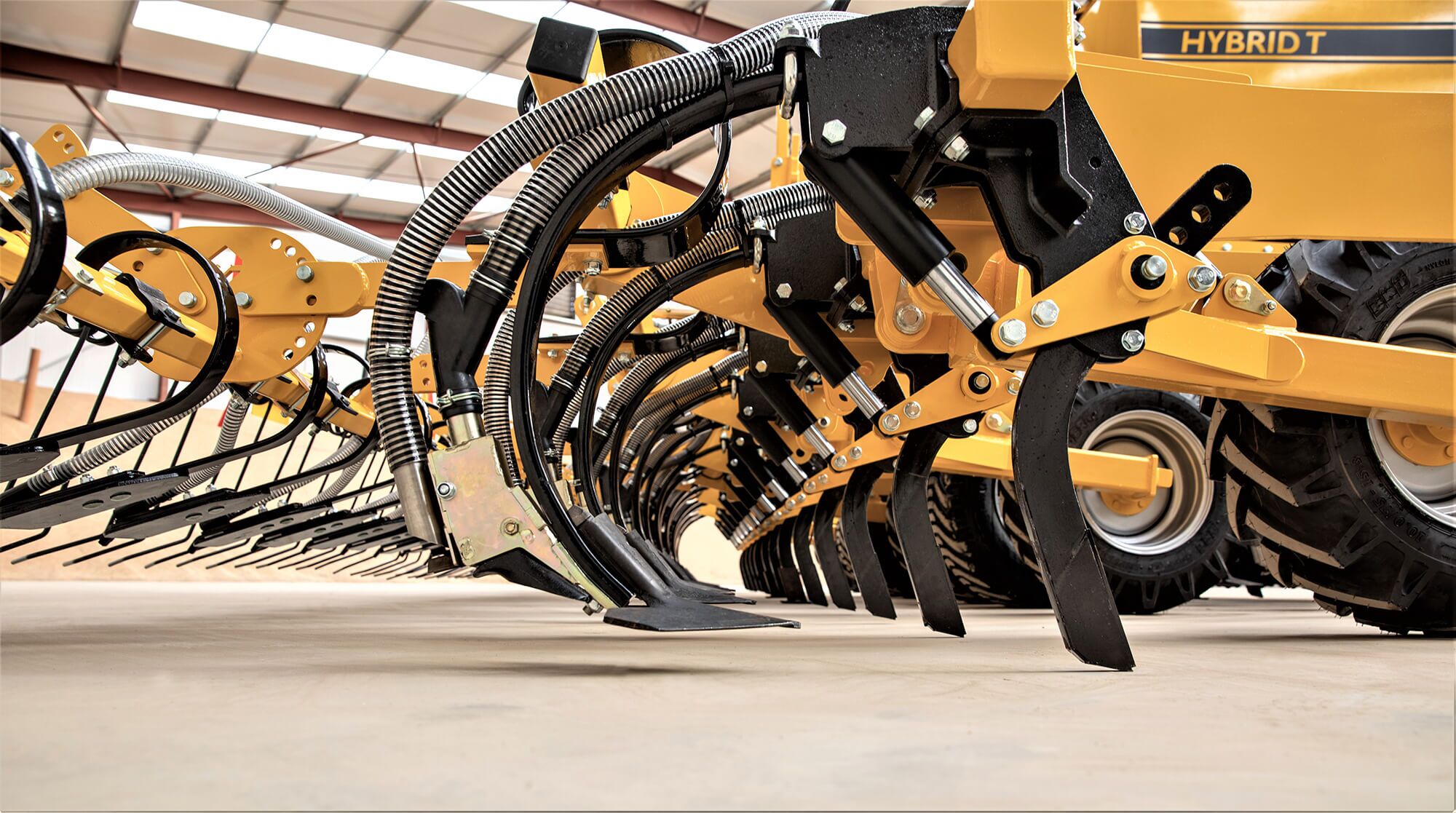
THE DESIGN CONCEPT IN PRACTICE
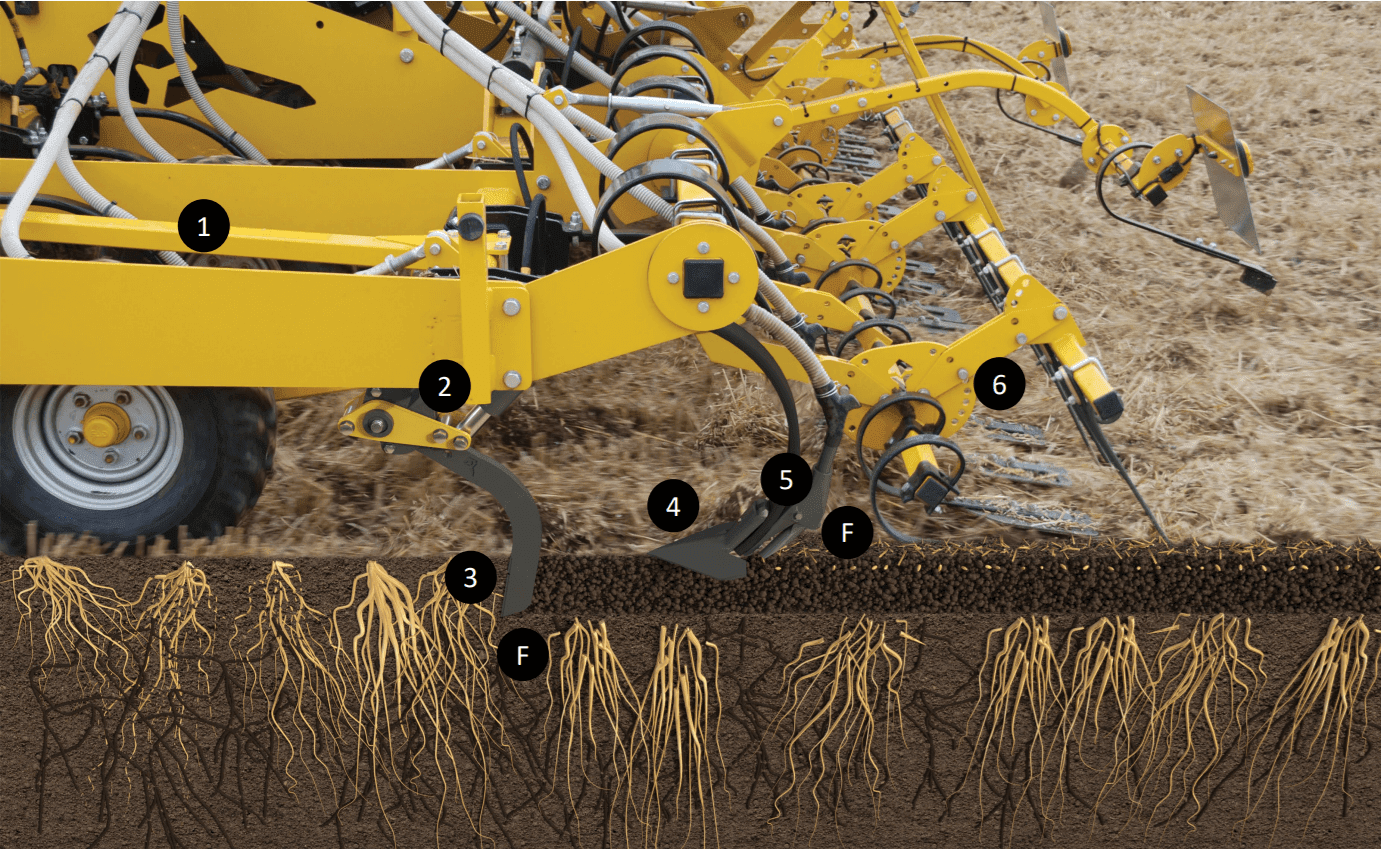
- Centrally mounted depth wheels give accurate seed placement as they run on undisturbed soil between the rows and do not run over or cap the seeded area.
- Stone protected leading tines have a breakout force of 600kg. This is more than twice that of many other direct drills. It allows the Hybrid drill to break through the ground, lifting and aerating it whilst creating a drainage tract and space for the roots to grow deep and strong with ease.
- The tungsten-carbide plated leading front tine moves just enough soil to create the perfect growing environment in the seeding and rooting zone. Its depth can be adjusted between 0 for low disturbance and 15cm for deep-rooting crops.
- Robust, sprung seeding tines maintain constant seed depth, flowing through the soil lifted by the leading tines and cultivating it whilst only moving for a large stone. Adjustment is via the depth wheels for seeding as shallow or deep as necessary.
- The seeding boot drops the seed in the tilth created by the leading and seeding tine
- Consolidating rear toolbar with a variety of options to suit all soil conditions
F. Fertiliser can be placed below the seed (front tine) or above the seed (rear tine).

BENEFITS TO SOIL OF ZONAL CULTIVATION
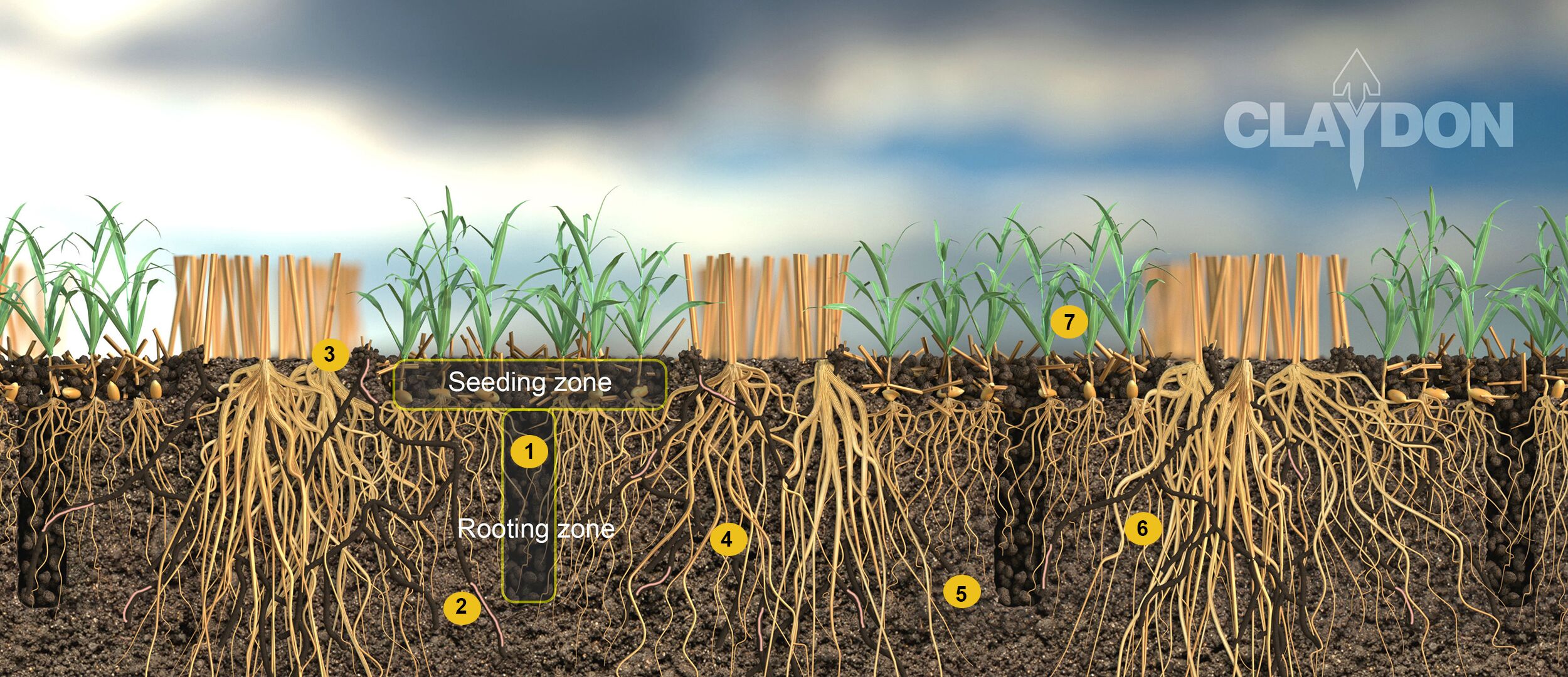
Establishing crops using Opti-Till® to stimulate soil only in the rooting and seeding zones not only benefits the seed and the growing crop, it also benefits the environment below ground.
- As the leading tine loosens soil only in the rooting and seeding zone, soil structure remains intact.
- The weight of heavy farm machinery is supported on the solid banks of soil.
- Worm populations thrive and their burrows help to drain the land.
- As worms ingest organic matter they produce nutrient-rich casts which improve soil fertility
- Mycorrhizal fungi grow around the roots left undisturbed in the soil from previous harvests. This adds to the soil biota which helps to improve soil health.
- Capillaries are left intact facilitating water movement through the soil throughout the growing season
- Moisture is retained in the undisturbed soil
- Sowing in bands allows air and sunlight to penetrate the seeded rows which benefits crop health.
COST & TIME SAVINGS
Claydon Opti-Till® removes the need for unnecessary cultivations. It is fast, efficient and cost-effective. All Claydon machines are designed without unnecessary complexities and with a minimum of wearing parts to ensure down time in the field is reduced and running costs are low. Designed to drill directly into stubble, Claydon Opti-Till® substantially reduces establishment cost and time whilst achieving consistent and high yielding crops.
Opti-Till® typical establishment costs = £51/ha, 26 minutes/ha

Opti-Till® vs min till = ½ cost, ½ time
Opti-Till® vs ploughing = ⅓ cost, ⅕ time
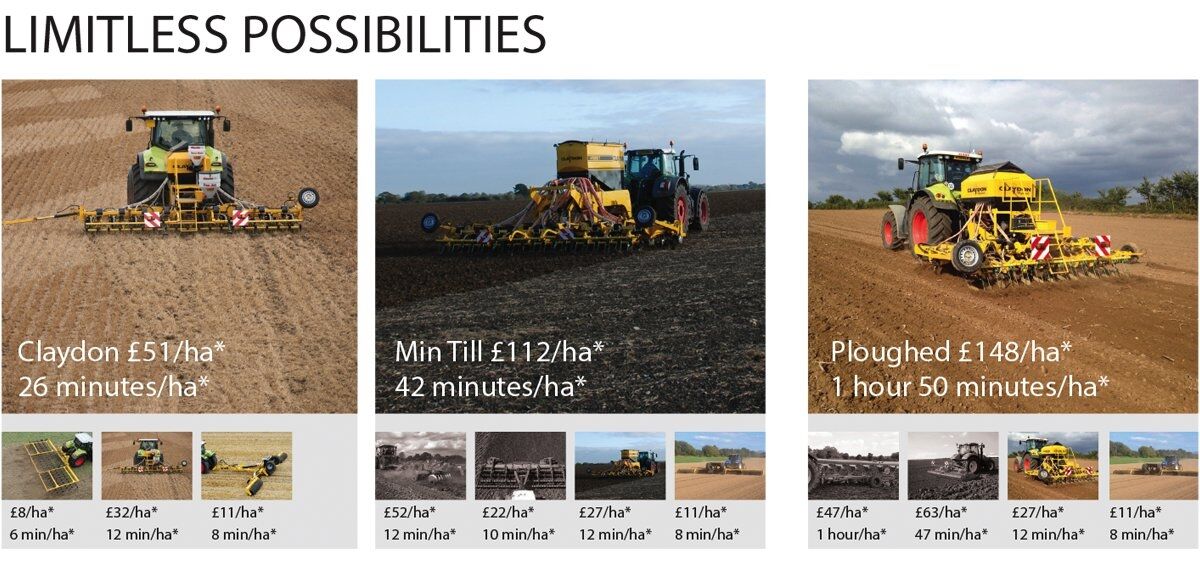
To find out how much you can save, comparing your existing establishment methods with Claydon Opti-Till®, check our Savings Calculator.
WILL IT WORK ON MY SOIL?
The design of the Claydon drill, with its unique leading tine technology, makes it a versatile drill which can be used on all soils and in all climates. Farmers are achieving great results from using Opti-Till® – from the heavy clays of South Yorkshire to the stony soils of France to the blow-away sandy soils of north Scotland and eastern Germany.
WHAT CAN I SOW?
Generally speaking, if it can be air-sown, it can be drilled with the Claydon Opti-Till drill. Our customers grow spring and winter varieties of small seeds (oil seed rape, linseed, mustard, stubble turnips, hemp, grasses, kale, coriander, radish), medium seeds (wheat, barley, oats, rye, triticale, sorghum) and large seeds (maize, peas, beans). If you would like any advice, please call us on 01440 820327.
The Claydon Soil Health brochure is a comprehensive guide to caring for your soils. It discusses soil problems, how to improve soil health and how to get off to the best start when adopting the Opti-Till® system. It includes contributions from Dr Elizabeth Stockdale (NIAB), Jerome Vasseur (Jouffray Drillaud) and Gordon Brookes (Michelin). Get your free copy:
LOWER DISTURBANCE
The versatility of the Claydon drill allows options to be swapped in and swapped out in kit form. For those wanting to move less soil, we offer a range of LD lower disturbance options. Instead of buying a new drill, simple unbolt the standard set up and bolt on a new LD kit.
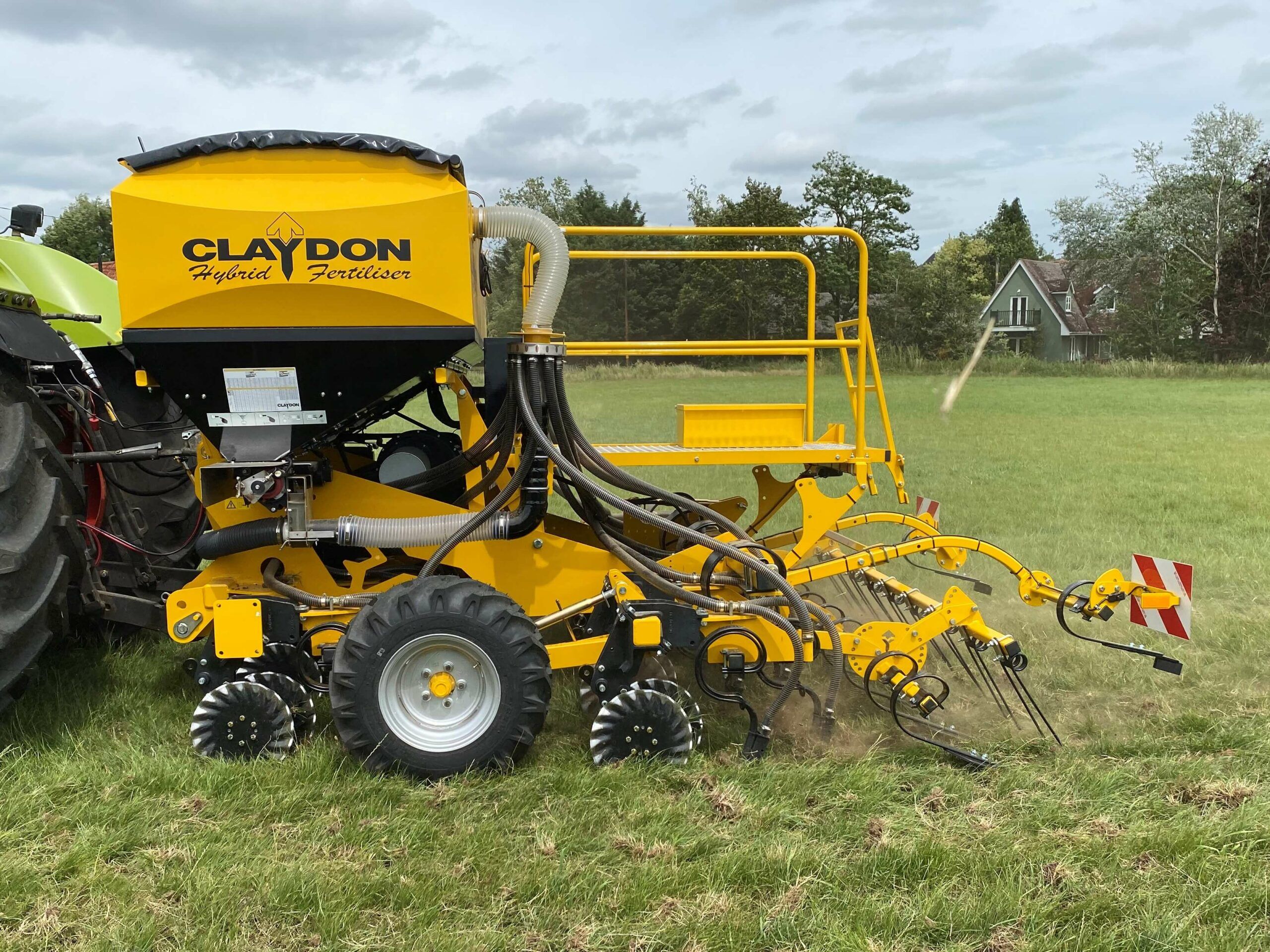
HOW MUCH CAN YOU SAVE? TRY OUR SAVINGS CALCULATOR
FAQs
What are the environmental benefits over other methods of crop establishment?
Conventional full cultivations and min-till systems can over-work the soil and destroy its structure. This harms worm populations and worm activity. It also reduces the soil’s ability to drain water away in wet weather and increases moisture losses in dry weather. Starving the crop’s roots of essential air and nutrients also reduces yield potential and increases the cost-per-tonne of production. The risks from flooding and soil erosion are much higher. Similarly, the use of min-till systems and disc-type direct drills can result in soils which drain poorly and flood easily, creating crops with poor rooting structures and low yield potential.
When converting to Claydon Opti-Till® should farmers expect drops in yield for the first couple of years?
It is not our experience to see a yield decrease where soil is in a reasonable condition. We have seen an average 10% increase in yields on Claydon-drilled farms, as have customers who start with soils which are in fair condition, free of compaction, drainage or weed issues.
Is every farm suitable for Opti-Till®?
Providing that the soil is drained and is reasonably sound and work is done when conditions are suitable, then every farm should be suitable.
What is the cost of ownership compared to Min-Till or a plough-based system, regarding fuel, wearing metal reduction of power in future years?
The cost of the Claydon Opti-Till System is much lower than with min-till and dramatically less than with a plough-based system. Instead of using 150-180 litres of fuel/ha to establish a crop using a plough-based system, with Opti-Till we use 10-15 litres/ha (average 12l/ha), which includes stubble management and drilling. The enormous savings made allow investment in other inputs and other areas of the farm that really make a difference.
The cost of wearing metal is very low, at just £3-£4/ha. As the soil becomes healthier and in better condition the amount of power required to work it and cost of wearing metal continues to decline.
The power requirement is just 50hp per metre for Claydon Hybrid drills, so output is much higher and fuel use is dramatically lower. On the Claydon farms we use a 300hp tractor to pull our 6m Claydon Hybrid drill, and because of the very high work-rate the tractor clocks up less than 100 hours per year to establish our 850 acres of crops, which gives us time to do a lot of contract drilling.
Should the ground be prepared, using a rake or very shallow cultivator?
This depends on soil condition and seasonal conditions. The Claydon Straw harrow can produce a shallow micro tilth up to 30mm deep which destroys slugs and slug eggs and encourages volunteers and weeds to chit, controlling them effectively. This micro tilth is usually more than adequate to cover the seed, and creates a warm, humid environment around it to encourage rapid crop establishment.
The Opti-Till® System does just enough to make direct drilling work without the need to subsoil, as with a low-disturbance drill system, or to correct damage from the sedimentation of over-worked soils where min-till or plough-based establishment is used. Doing just enough cultivation at the point of drilling retains the soil structure, provides the crop with the ideal growing environment and gives it the strongest possible start. This allows the soil to start improving and the sooner this process begins the more quickly it will do so.
Should the field be rolled or does the drills press wheel consolidate the seed bed enough?
Using press wheels on the drill or rolling separately immediately after drilling, particularly on heavy soils which are wet, pushes the air out of the soil and can cause the particles to stick together. We therefore recommend letting the soil ‘haze over’ for 24-48 hours after drilling and then rolling or harrowing. This approach delivers perfect results.
With a large amount of plant residue, does this not provide a breeding ground for plant diseases?
No. When soil is biologically healthy and you have created a high worm population and high level of worm activity these issues diminish greatly, as the worms quickly take surface material down into the soil to use as their own food source. Since using the Opti-Till® System on the Claydon farms we have seen much lower levels of plant diseases than on farms which still plough due to the much higher levels of soil biological activity.
What is the future of Strip-Till if glyphosate is banned? Are there any practical mechanical weed control methods?
The loss of glyphosate would make life difficult for any farming operation. The Claydon Opti-Till System has a clear advantage as weeds and volunteers can be managed mechanically using the Straw Harrow or TerraStar, reducing the reliance on glyphosate. This is more environmentally beneficial, and cheaper than using multiple applications of glyphosate between crops.
We also use the Claydon TerraBlade inter-row hoe, which is a very low-cost, mechanical method of controlling weeds in combinable, band-sown crops. It is an additional weapon in our weed control armoury at a time when the efficacy of some herbicides is decreasing and their cost increasing.








